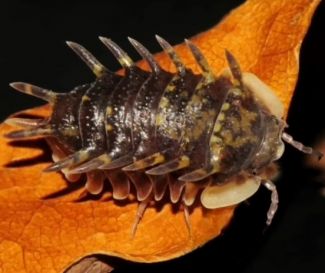Pseudarmadillo sp. 2
Pseudarmadillo sp. 2 is an undescribed delatorreiid native to Cuba.
General Information
Background
Pseudarmadillo are currently very rare in the isopod hobby. Pseudarmadillo spinosus is being offered as a high-end species in increasing frequency, but the various other species that have been collected have yet to proliferate among keepers. Pseudarmadillo sp. 2 does not appear to belong among the Pseudarmadillo described in the past 30 years, but may be among those currently being studied. This species is believed to have been collected in 2022 by Ben Quintana, the owner of isopod.com, alongside Pseudarmadillo gillianus and Pseudarmadillo vansicklei.
Description
Pseudarmadillo sp. 2 appears visually similar to Pseudarmadillo gillianus, with a less developed row of tubercles at the back of the head, much sparser yellow pigmentation (mostly constrained to the first few body segments), and deeper reddish hues around the sides, leading to a darker overall appearance.
Taxonomy
Taxonomic characters of Pseudarmadillo sp. 2:
- Its suborder is Oniscidea, which means it is fundamentally characterized by a number of key adaptations to terrestrial life.
- Its zoosection is Crinocheta, which means it belongs to the largest individual lineage of terrestrial isopods, typically unified by the presence of three (or sometimes 4) flagellomeres.
- Its family is Delatorreiidae, which means it has a cephalon with one frontal and two lateral lobes, five pairs of pleopodal lungs, and a tuberculated body.[1]
- Its genus is Pseudarmadillo, which means something to somebody, I hope.
Life Stages
| Manca | ||
|---|---|---|
| Manca photo | ||
| Notes: | Following birth, pereonite 7 not fully developed. | |
| Credit: | N/A | |
| Juvenile | ||
|---|---|---|
| Juvenile photo | ||
| Notes: | N/A | |
| Credit: | N/A | |
| Subadult | ||
|---|---|---|
| Subadult photo | ||
| Notes: | N/A | |
| Credit: | N/A | |
| Adult | ||
|---|---|---|
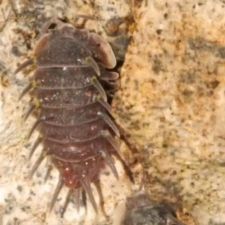
|
||
| Notes: | Adult size. | |
| Credit: | © isopod.com | |
Key Features
Morphological reference images for Pseudarmadillo sp. 2:
| Antennal flagellum | ||
|---|---|---|
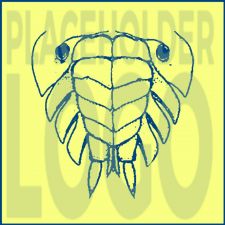
|
||
| Notes: | Antennal flagellum | |
| Credit: | N/A | |
| Telson | ||
|---|---|---|
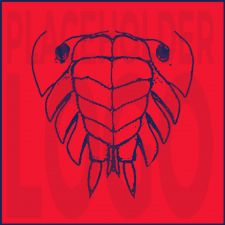
|
||
| Notes: | Telsons are cool. | |
| Credit: | N/A | |
| Pleopodal lungs | ||
|---|---|---|
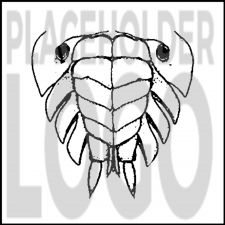
|
||
| Notes: | This species has ? pairs of pleopodal lungs. | |
| Credit: | N/A | |
Varieties
| Name | Type | In Hobby | Originator | Market(s) | Notes |
|---|---|---|---|---|---|
| Pseudarmadillo sp. 2 | Nominate | Yes | Ben Quintana | US | Canonical variety. |
Husbandry
This species is scientifically unexamined and rarely kept. Care information is not currently available.
Sources
- ↑ Armas, L. & A. Juarrero de Varona (1999): Sistemática de la familia Delatorreidae (Isopoda: Oniscidea) en Cuba. Avicennia 10/11: 1–42.
